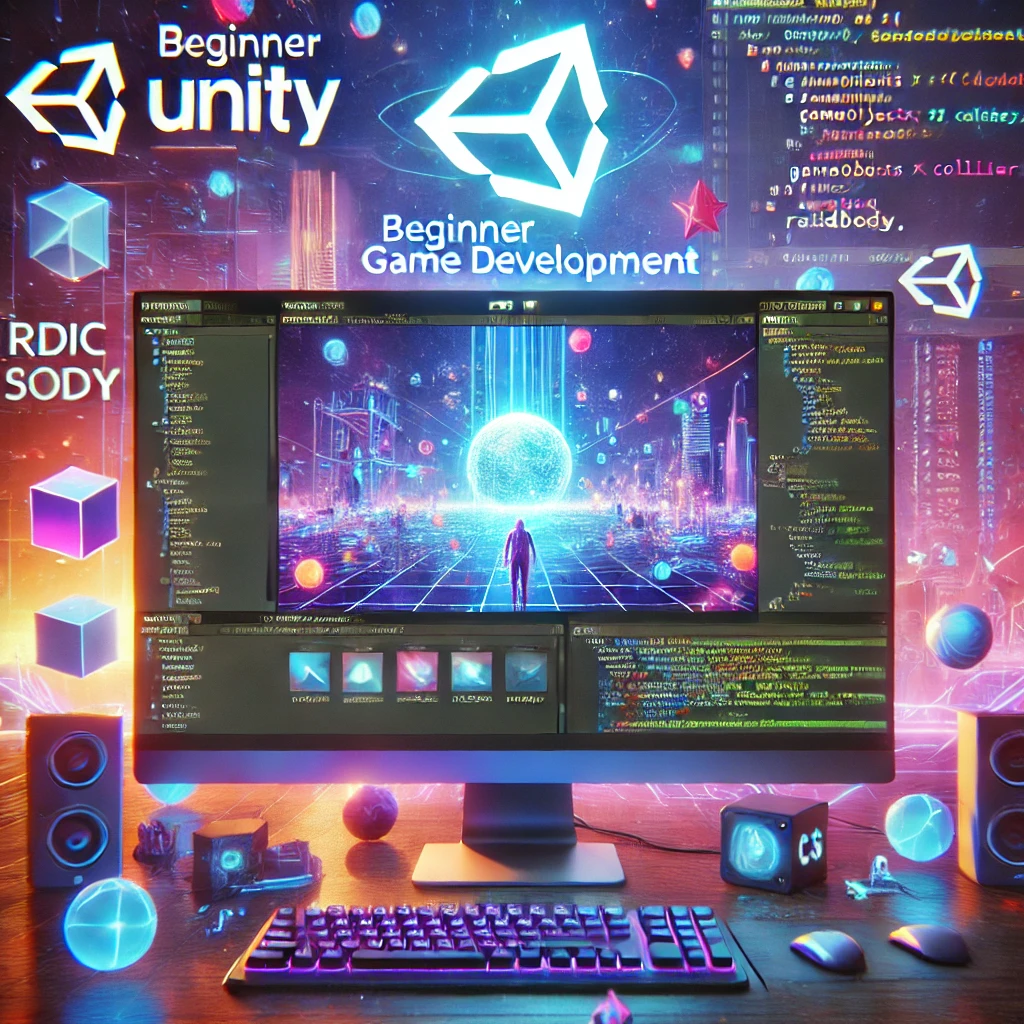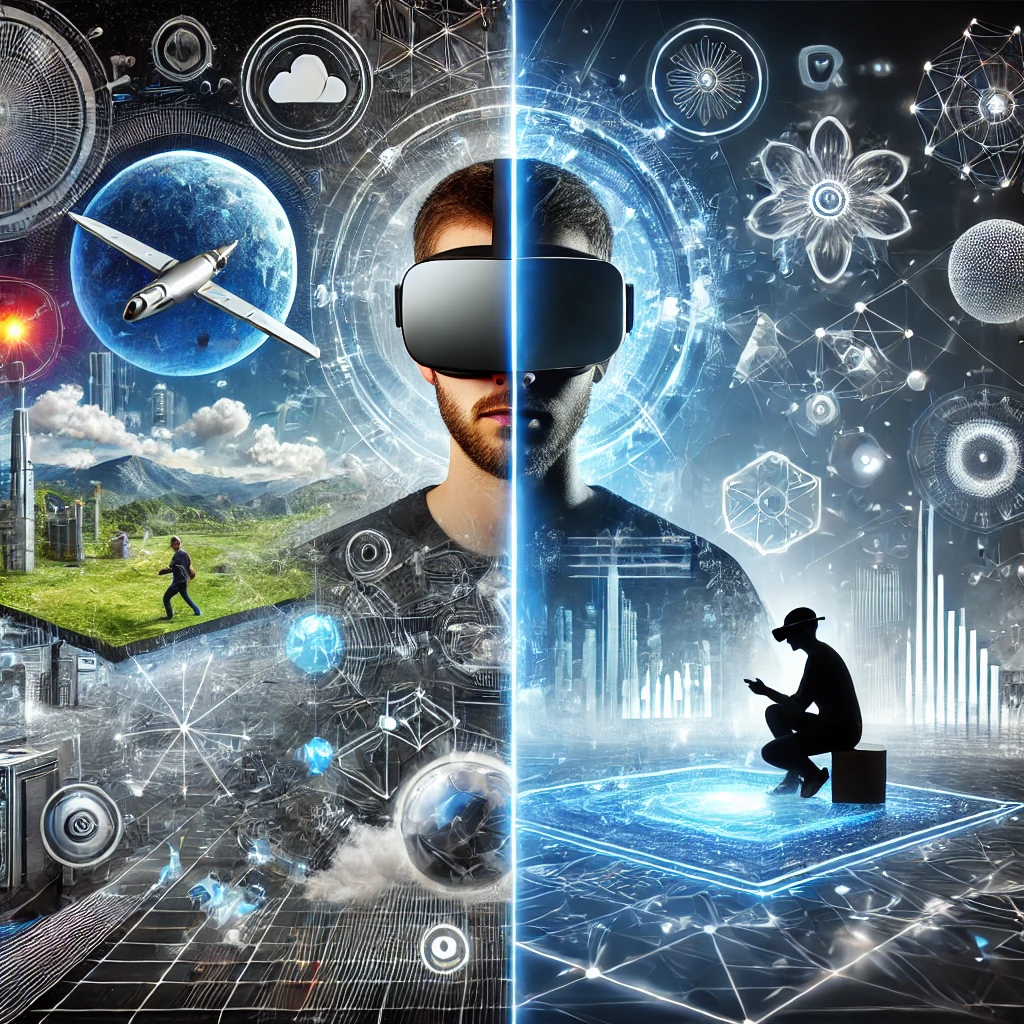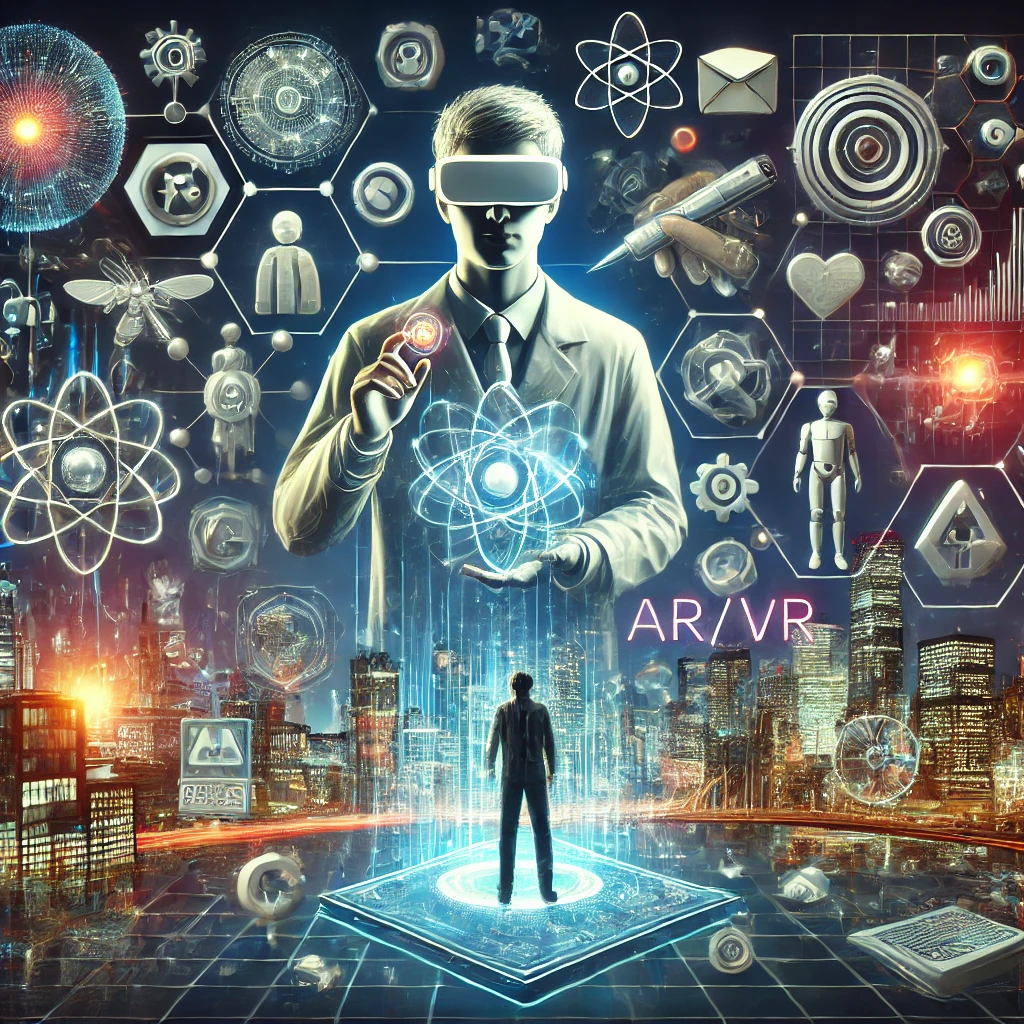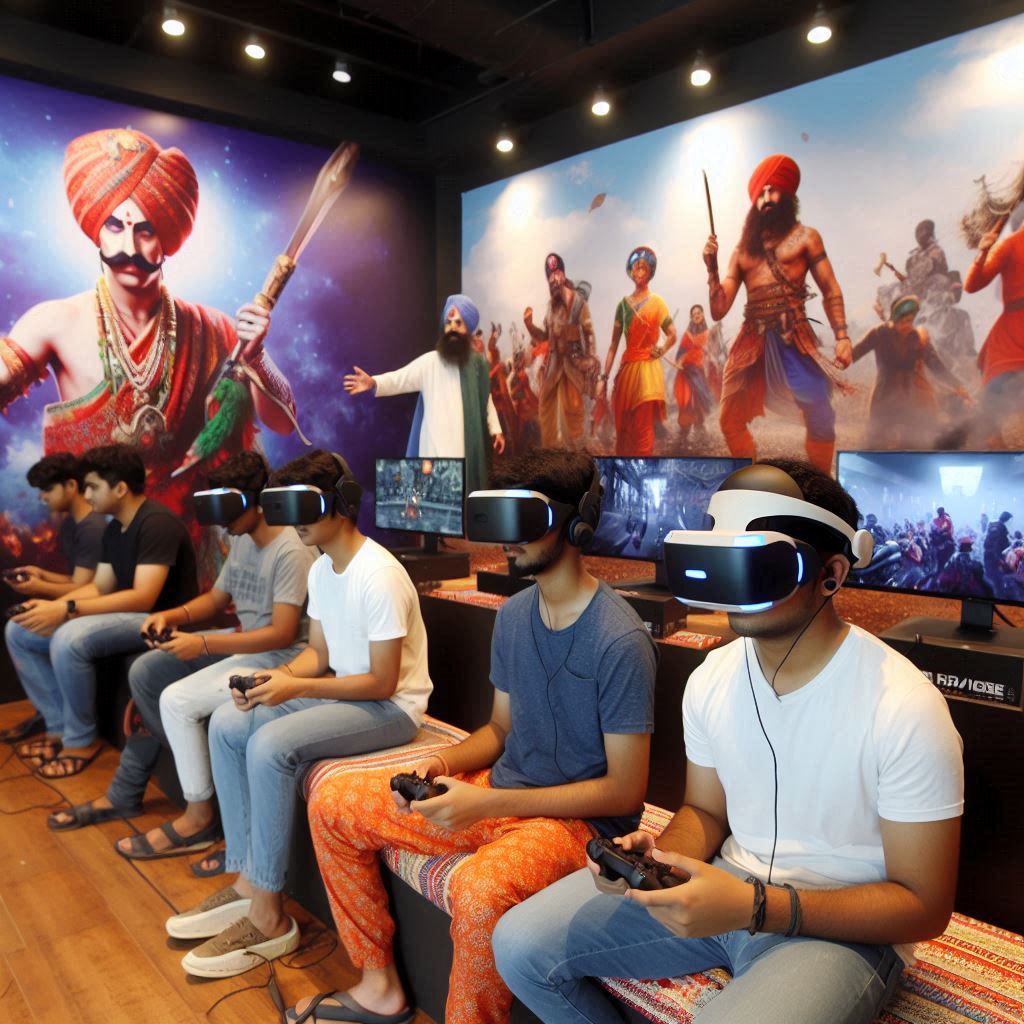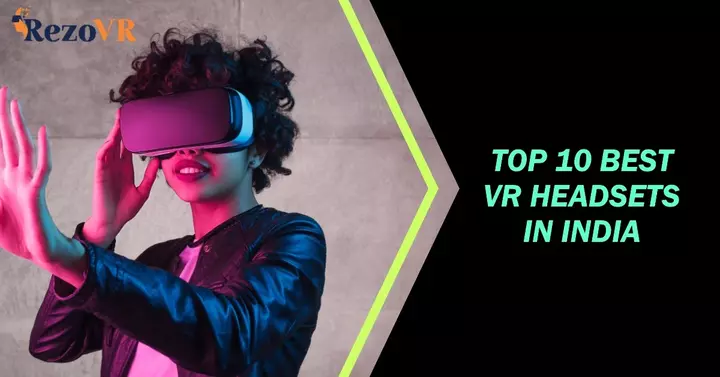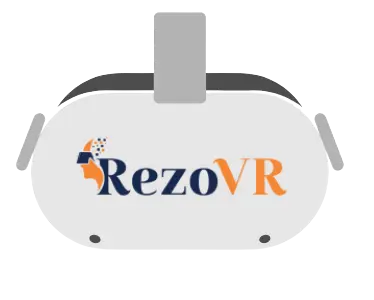Hey buddy! Have you ever wondered about the thrilling, vibrant, and immersive experiences of augmented reality (AR) apps?
Ever thought about building your own? It’s possible, and it’s not complicated at first. Today, we will discuss the software requirements for building augmented reality apps. So brace yourselves!
Table of Contents
Understanding AR and Its Basics
Augmented Reality, a term once famous only in tech circles, is now a household name, thanks to games like Pokémon Go. In simple words, AR overlays digital data in our real-world environment, enhancing our interaction with reality.
The basic AR Application includes essential elements to develop the app such as AR development tools(Kits), frameworks and engines, and AR cloud services.
Let’s dig into the necessary software requirements for building augmented reality apps. Grab a cup of coffee and get ready to dive deep into the world of AR!
AR Development Tools and Frameworks
Think of AR development tools as your art supplies and AR development frameworks and engines as your canvas. They form the foundation of any AR app. Some popular frameworks include ARKit for iOS and ARCore for Android. Also, Unity3D and Unreal Engine are potent game engines used widely in the AR app development process.
They’re like the magical brushes that help bring your AR visions to life. The tech market is brimming with these tools, and they offer a range of features that can make the whole process much more manageable.
For example, Vuforia, an absolute powerhouse in the AR space, offers a wide range of features such as 3D object recognition, ground plane detection, and more.
Or Wikitude, another top player, even supports location-based AR experiences, displaying digital content based on the user’s GPS coordinates. Talk about cool, right?
Choosing software for AR apps depends on your project’s requirements and your familiarity with the tools. Remember, using the right tools is crucial in augmented reality app design and can make the difference between a good app and a great one!
So, when choosing software for AR apps, it’s a matter of picking and choosing what fits your project’s needs and comfort zone. But let me tell you this, the magic happens when you mix and match these tools and frameworks correctly. That’s when you can transform an ordinary app into something extraordinary.
Remember, my buddy, the world of AR is as big as your imagination. The correct tools and frameworks are secret ingredients that make your AR app stand out. So, be adventurous, be innovative, and most importantly, have fun with it!
AR development is indeed a journey full of exciting discoveries and endless possibilities.
AR App Design, Testing, and Debugging
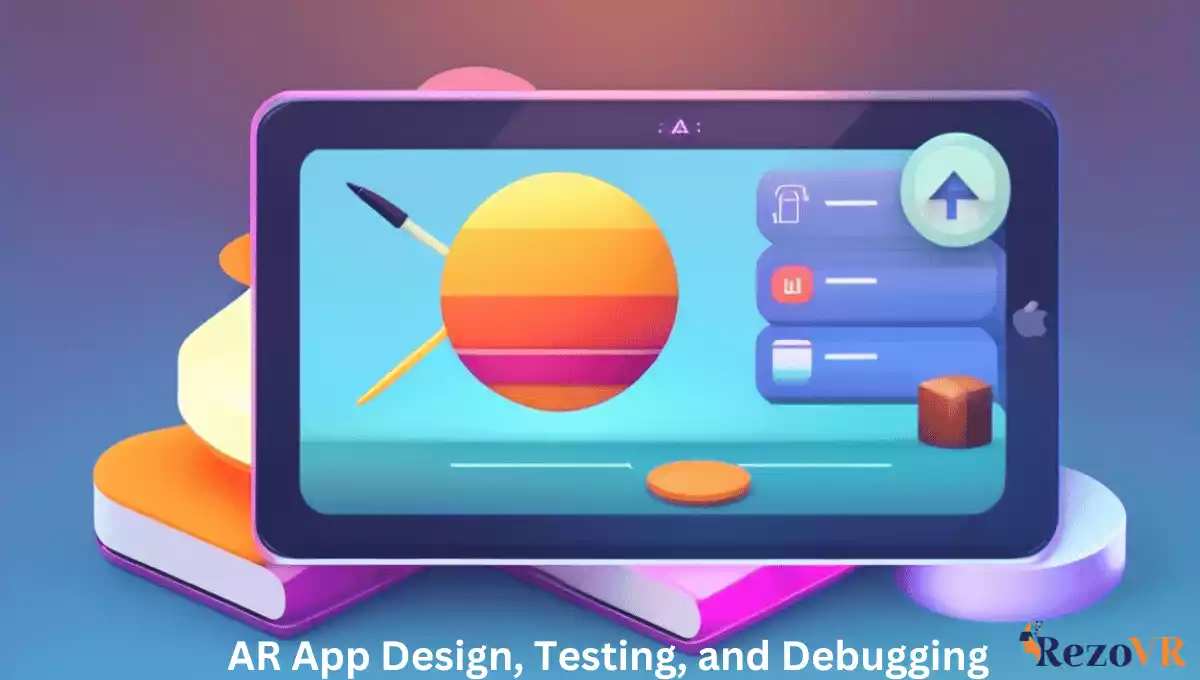

After you’ve sorted out your tools and frameworks, designing your AR app is the next exciting phase in your AR journey. Picture yourself as an architect, but you’re creating a digital masterpiece instead of designing buildings.
Designing your AR app’s user interface (UI) is no less than creating a piece of art. Fantastic design software options like Sketch and Adobe XD are known for their ease of use and comprehensive design capabilities. They are like your sketchbook and colour palette, helping you create captivating and user-friendly designs.
Keep in mind, though, while designing, you shouldn’t just focus on the looks. A well-designed app is also about great user experience (UX). Remember to follow the best AR app development practices, ensuring that your app is visually pleasing, intuitive, and easy to navigate.
Now, let’s move on to testing and debugging – the unsung heroes of the AR app deployment software process. Just as a car must be thoroughly tested before hitting the road, your AR app needs rigorous testing before it goes live. It’s all about ensuring that your app runs smoothly, free from any hiccups that might spoil the user experience.
This is where tools like Vuforia and EasyAR come to the rescue. Think of them as your quality control inspectors, helping you spot and fix any bugs. They also assist you in improving the app’s performance, ensuring it runs like a well-oiled machine. The goal is to catch any issues early on so that your users enjoy a flawless AR experience.
But hey, take your time with the testing and debugging process. Sure, it can be a bit tricky, but it’s also an opportunity to learn and improve. After all, creating a perfect AR app is like making a delicious dish – it requires the right ingredients, precise measurements, and a pinch of patience.
Remember, every step in the AR app development process, from design to debugging, is a chance for you to bring your vision to life. It’s all part of the journey to create an AR app that will wow your users and leave them wanting more. So, keep that creativity flowing and enjoy the ride!
Other Important Software Requirements


As you navigate through the fascinating journey of AR app creation, there are a few more things you’ll need to pack in your development backpack. We’re talking about AR geolocation services and specific hardware requirements. Consider them the “accessories” that can amplify the impact of your AR app.
Starting with AR geolocation services, they’re the magic compass guiding your app. These services are a must if you’re building a location-based AR app. Imagine a tourist app guiding users around a city using AR markers or a game where characters appear in real-world locations. Exciting, isn’t it? Services like Mapbox and Google Maps Platform are popular in this sphere.
Next, let’s talk about hardware. Depending on your app’s concept, you might need specific hardware like AR glasses or headsets. For instance, if you’re building a more immersive AR experience, devices like the Microsoft HoloLens or the Magic Leap 1 could be essential.
They’re like the high-tech goggles that transport your users from the real world into the augmented reality world of your app.
Keep in mind, though, the hardware requirements will vary based on what you’re trying to achieve with your app. A smartphone with a decent camera and sensors would suffice for simple AR apps that just overlay digital information on the phone screen. However, for more complex, immersive experiences, more sophisticated equipment might be necessary.
Remember, every component, from geolocation services to specific hardware, plays its part in enhancing the user experience of your AR app. It’s like cooking a gourmet meal; every ingredient has its purpose and adds to the overall flavour.
So, my buddy, as you embark on your AR app development adventure, consider these software requirements as your checklist. With all these tools in your kit, you’re ready to conquer the AR world!
Augmented Reality Development Languages


Alright, so you’ve got your toolbox ready, your design ideas flowing, and your testing gear on standby. Now, it’s time to dive into the heart of AR app development – the coding part. Yes, we’re talking about augmented reality development languages.
Think of these languages as the secret code that turns your AR visions into reality. Picking the right language is important, just as choosing the right words to express your thoughts. So, which language should you go for? C#, JavaScript, or Swift? Let’s figure this out.
C#, used primarily with Unity, is versatile and dependable like the all-rounder in a cricket team. It’s known for its simplicity and is widely used for building AR apps, notably games.
On the other hand, if you’re a fan of web-based AR applications, then JavaScript might be your best bet. It’s like the free-spirited friend who is always fun to hang out with. JavaScript, coupled with libraries like A-Frame and AR.js, can help you build immersive AR experiences right in the browser.
Last but not least, we have Swift, the preferred choice for iOS AR app development. If Apple’s ARKit is your framework of choice, then Swift, with its powerful features and seamless performance, is your way to go.
Your choice of language depends on the platform you’re developing for (iOS or Android) and the specific needs of your project. It’s like choosing the mode of transport based on your destination and what you’re comfortable with.
Remember, my buddy, programming languages are the building blocks of your AR app. The key is understanding your project’s requirements and comfort zone with the language.
Choose the one that can best bring your AR vision to life. It may seem a little daunting, but trust me, once you get the hang of it, it’s just like having a friendly conversation with your computer. So, code on, my friend!
AR App Maintenance and Challenges
Think of your AR app as an expensive new car. It looks fabulous, it runs smoothly, and it’s got all the bells and whistles. But what happens if you don’t maintain it?
The performance drops, right? Similarly, in AR apps, creation is just one part of the story. Maintaining your app is like giving it a regular tune-up, and it’s equally important.
This is where AR app maintenance software steps in. Tools like Instabug and Sentry are handy mechanics that help keep your AR app running smoothly.
They help you spot, track, and fix any hiccups or bugs in real time. That way, your users enjoy a seamless AR experience, and your app remains tip-top.
Now, let’s talk about the bumps on the road – the challenges in AR app development. Just as every journey has obstacles, AR app development comes with its own hurdles. But hey, challenges are just opportunities in disguise, right?
Ensuring a seamless user experience is one such challenge. You’ll need to make sure your app is intuitive, engaging, and user-friendly. Then there’s the threat of cyber attacks.
With the rise in technology, cyber threats have become more sophisticated. Ensuring your app is secure from such threats is a challenge you must tackle.
Another challenge is handling the high computational requirements of AR apps. AR apps require more processing power and memory compared to regular apps. Dealing with these requirements without affecting the app’s performance is a crucial challenge.
But remember, my friend, these challenges aren’t roadblocks. They’re just stepping stones that lead you towards creating a better, stronger AR app. Be prepared, be adaptable, and you’ll overcome these challenges like a champ!
In the world of AR app development, maintenance and challenges are two sides of the same coin. They might seem daunting at first, but once you get the hang of it, they become an integral part of the journey. So, buckle up, keep your coding gear ready, and enjoy the ride!
Future of AR App Development


Now that we’ve covered all AR app development, let’s look at the future. The future of AR app development is looking brighter than ever, illuminated by continuous advancements in AR technology.
We’re talking about the evolution of advanced AR app software and the growth of essential software for AR apps. It’s as though we’re entering an era of digital renaissance where augmented reality is poised to become a part of our everyday lives. Exciting, isn’t it?
This future isn’t some far-off fantasy. It’s already unfolding before our eyes. We’re seeing more and more applications of AR in various sectors, from gaming and entertainment to education and healthcare. So, if you’ve been thinking about diving into the world of AR, now is the perfect time to take the plunge!
Before we end, let’s take a quick detour to explore some real-world inspiration. The AR universe is filled with stellar augmented reality app examples that are nothing short of awe-inspiring.
Take IKEA Place, for instance. It’s an AR app lets you virtually place furniture in your space before purchasing. It gives you a ‘try before you buy’ experience, all from the comfort of your home. Isn’t that cool?
And then there’s Google Translate, an app that has taken language translation to a new level. Point your camera at a sign or menu in a foreign language; voila, it translates it right on your screen! Now, that’s what we call breaking language barriers!
These examples are just the tip of the iceberg, my friend. The future of AR is filled with endless possibilities and opportunities. You can create your AR masterpiece with the right software, tools, and a sprinkle of creativity. So, gear up, keep learning, and ride into this exciting future of AR app development together!
Conclusion
So, there you have it, buddy! We’ve journeyed together through the software galaxy, exploring the essentials, the desirable, and the future tech, all tailored for Software Requirements for Building Augmented Reality Apps . By now, you should be well-versed with the tools of the trade, the languages that bring your ideas to life, and the different types of software that construct the AR universe.
But remember, just as with any good story, the adventure doesn’t end with building an app. There’s an epilogue, and that’s the maintenance part. AR app maintenance is like aftercare, essential to keep your AR creation in the best shape, running smoothly, and delivering successful experiences to your users.
Encountering challenges in AR app development? Don’t break a sweat! Every challenge is a disguised teacher, imparting lessons that books can’t teach. Embrace these challenges, for they are the stepping stones that will lead you to the shores of innovation and personal growth.
As we peer into the looking glass, the future of AR app development reflects nothing but a good panorama. With continuous advancements and innovation in AR technology, your AR app might just be the next big revolution in this vibrant digital landscape.
So, gear up, buddy! Strap on your coding helmet, dive headfirst into the electrifying world of AR, and start sculpting your dream augmented reality app. It’s a roller-coaster ride with ups, downs, and thrilling loops. But trust me, it’s an adventure worth every single moment and effort you put into it.
Remember, my friend, in this digital cosmos, the only limits are the ones you set for yourself. If you can envision it, you can absolutely create it! As you embark on your AR app development journey, know this – You’ve got this!
Here’s to dreaming, creating, and revolutionising the AR world, one app at a time. Best of luck, my friend. Your exciting journey into the universe of AR starts now!
Faq
What Are The Software Requirements For Building AR Apps?
The basic software requirements for building AR apps include:
1. A development platform, such as Unity or Unreal Engine
2. An AR development framework, such as ARKit or ARCore
3. A 3D modeling software, such as Blender or Maya
4. A texturing software, such as Substance Painter or Quixel Suite
5. A rigging and animation software, such as Maya or MotionBuilder
6. A sound design software, such as Audacity or Ableton Live
7. A video editing software, such as Adobe Premiere Pro or Final Cut Pro
What Are The Different Types Of AR Apps?
Gaming apps: AR gaming apps are some of the most popular. They allow users to interact with virtual objects in the real world, creating a more immersive and engaging gaming experience.
Educational apps: AR educational apps can help students learn about different subjects more interactively and engagingly. They can be used to visualize abstract concepts, such as molecules or the solar system, or to bring historical events to life.
Retail apps: AR retail apps allow users to see how products look in their homes or bodies before buying them. They can also provide additional product information, such as reviews or instructions.
Tourism apps: AR tourism apps can help users explore new places and learn about their history and culture. They can be used to see virtual monuments and landmarks or to get directions and information about local businesses.
What are the challenges of AR app development?
There are several challenges associated with AR app development, including:
- Hardware requirements: AR apps require devices with powerful processors and cameras. This can limit the number of devices that can run AR apps.
- Software requirements: AR apps require specialized software development kits (SDKs) and frameworks. This can make it difficult and time-consuming to develop AR apps.
- User experience: AR apps must provide a seamless and engaging user experience. This cannot be easy to achieve, as AR apps must interact with the real world in a way that is both intuitive and realistic.
- Security: AR apps can collect user data, such as location and virtual object interactions. This data can be used maliciously, such as tracking users or advertising.
What are the benefits of AR app development?
There are several benefits to developing AR apps, including:
- Increased engagement: AR apps can provide users a more engaging and immersive experience. This can lead to increased user engagement and retention.
- Improved learning: AR apps can be used to improve learning and understanding. They can be used to visualize abstract concepts, provide hands-on experience, and make learning more fun.
- Increased sales: AR apps can increase sales by providing a more realistic and engaging shopping experience. They can also provide additional information about products, such as reviews or instructions.
- Improved customer service: AR apps can be used to improve customer service by providing a more personalized and interactive experience. They can also be used to provide support and troubleshooting for products.

